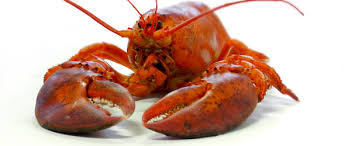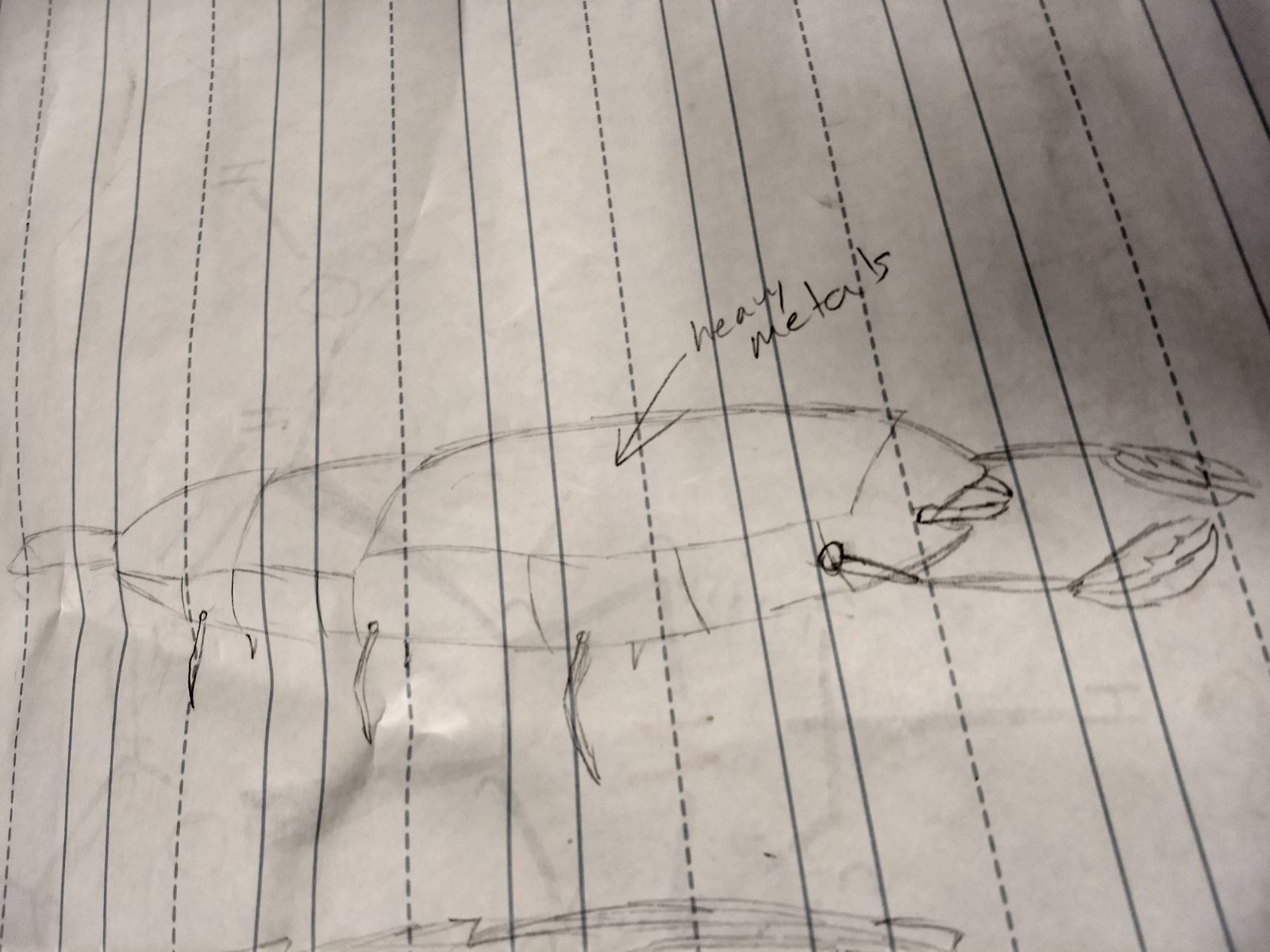Crustaceans are incredibly complex and unique subphylum that have many amazing features and abilities that are unique to them. Such as their extremely tough shells and their habitats. Lobsters are an amazing and iconic example of a crustacean. They have the ability to live forever under the correct conditions, and are extremely strong. Our idea is that due to instant decrease, and subsequent increase in sea temperatures and higher sea levels because of the melting of polar ice caps lobsters and other crustaceans may develop stronger armors and higher resistance to high pressure. Lobsters may also develop primitive lungs similar to those developed by ancient arthropods. Because of this they may also develop heavier plates on the backs that are filled with heavy metals in order to block out uv radiation that they were not previously not subjected to. Lungs would be needed to enter land where there would be less competition since many animals would have died from the UV radiation. Any other animals might have moved into the water. If the lobster is able to make these 3 adaptations it would be able to live on land. We think the lobster has the best chance to move to the land because of its pincers and crusher claws, tough armor, and long life spans. As long as the lobster develops primitive lungs, Radiation resistant back plates, and pressure resistant armor the lobster can move onto land after global warming pushes up water levels.
Contact us
Thank you for your interest in contacting Future Engineers. We look forward to connecting with you!
General Inquiries
support@futureengineers.orgSponsorship Inquiries
sponsor@futureengineers.org


